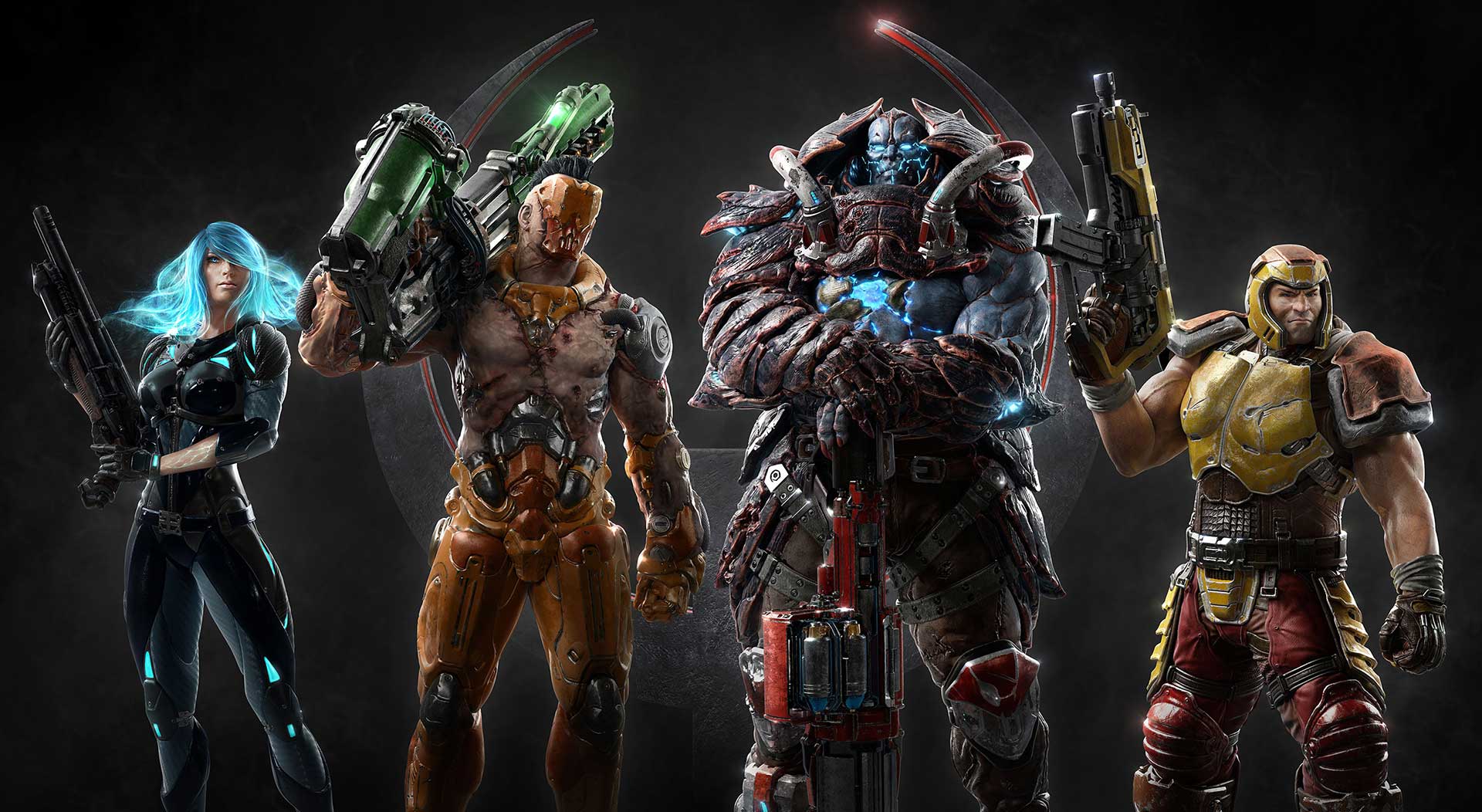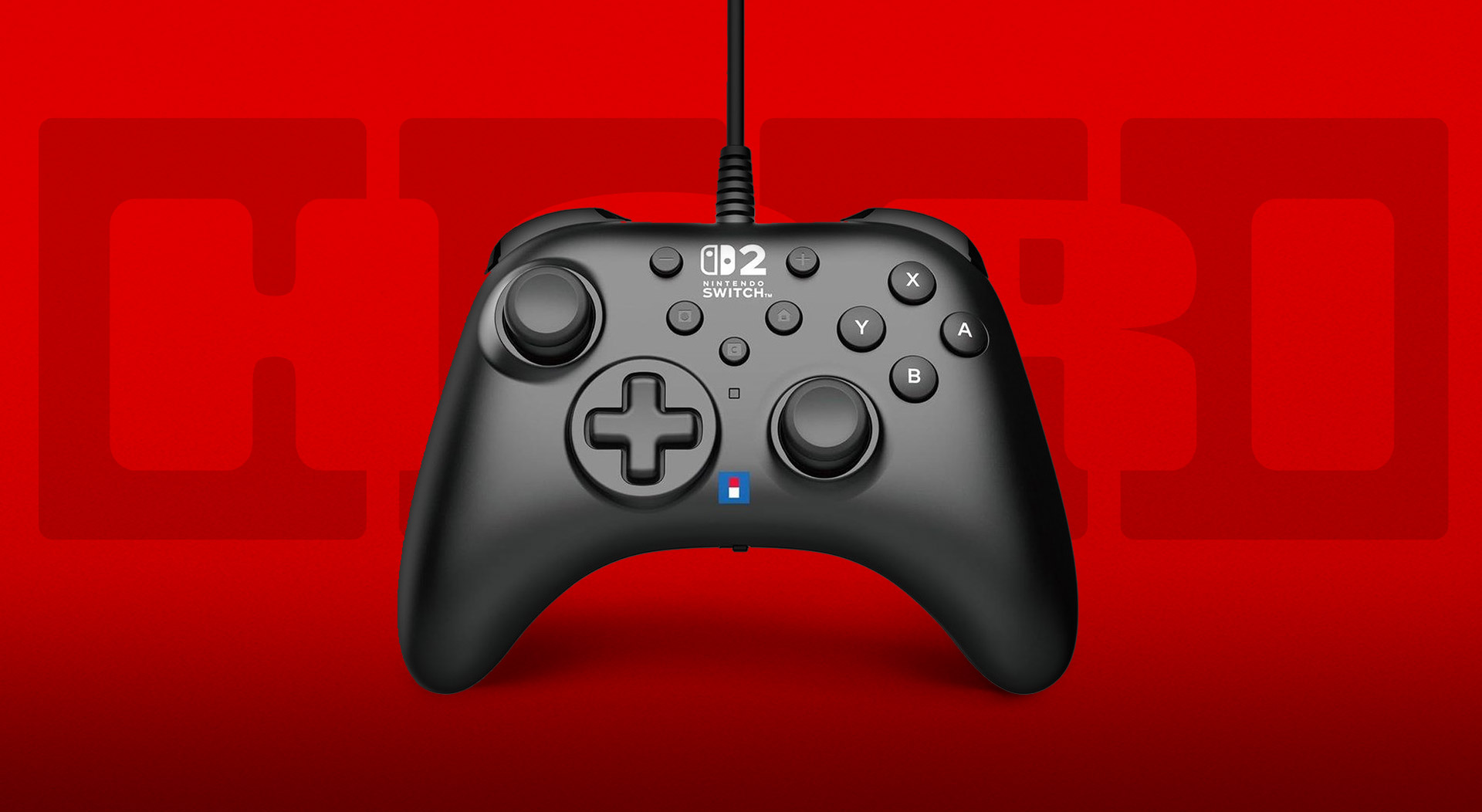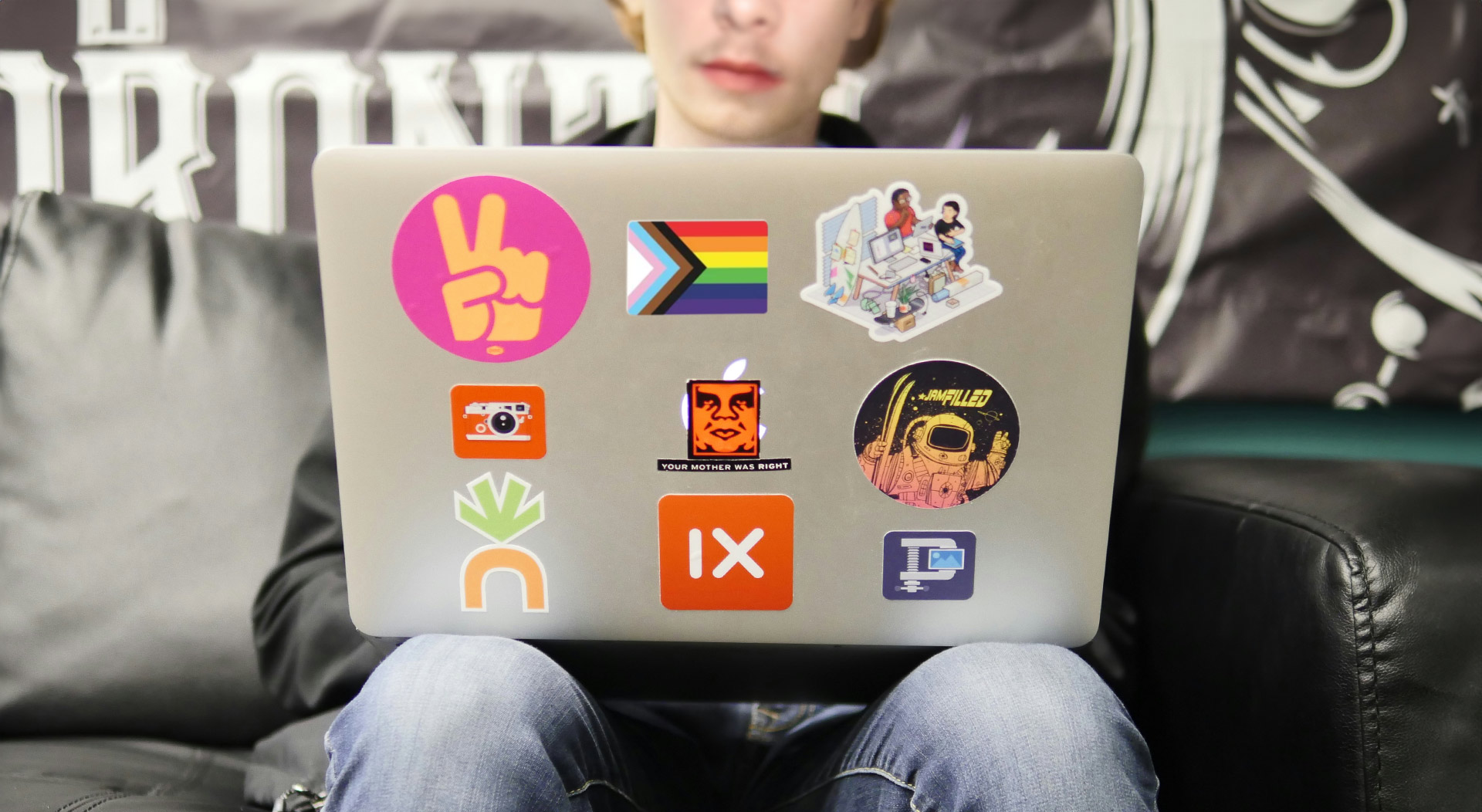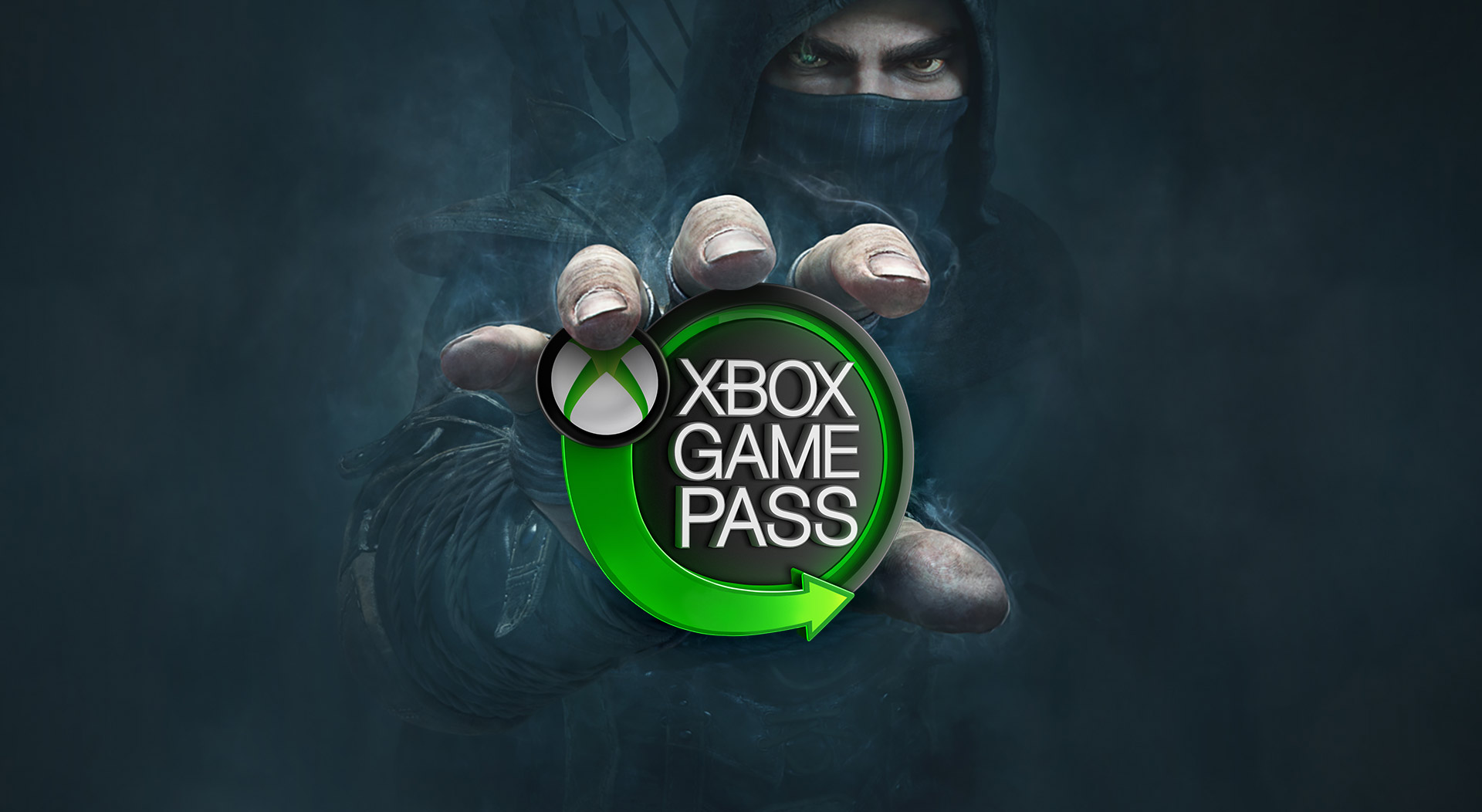When QUAKE exploded onto the PC gaming scene in 1996, it didn’t just push technical boundaries, it rewrote the rules of what a first-person shooter could be. Developed by id Software and following in the bloody footsteps of DOOM, QUAKE arrived with a grim, gothic aesthetic, a genre-defining multiplayer component, and a soundtrack by Nine Inch Nails’ Trent Reznor that oozed atmosphere. Nearly 30 years on, QUAKE‘s influence can still be felt across the industry, from competitive esports to modding culture, modern graphics engines, and even in how we talk about online gaming.
A Revolution in 3D
Unlike its pseudo-3D predecessors, QUAKE was the first fully real-time 3D FPS, using the innovative Quake engine (later retooled into QuakeWorld and licensed out to developers for years). The game allowed players to move and aim in ways previously unimaginable, jumping, freelooking with a mouse, and executing complex manoeuvres like rocket jumps. For PC gamers in the mid-’90s, this was a leap into the future.
The game’s engine set the foundation for modding culture. Popular fan-made mods like Team Fortress, Quake Rally, and Capture the Flag didn’t just expand the game, they helped define entirely new genres. Team Fortress, in particular, would go on to become Team Fortress Classic and eventually Team Fortress 2 under Valve, itself a company built on a modified Quake engine.
The Sound of Industrial Terror
One of QUAKE‘s most lasting artistic influences came from its collaboration with Nine Inch Nails frontman Trent Reznor, who provided the soundtrack and in-game sound design. Rather than melodic music, Reznor delivered a spine-chilling ambient score, metallic echoes, growls, and machinery hums that cemented the game’s oppressive mood. The infamous “NIN” logo even appeared on in-game ammo boxes.
As Reznor explained in an interview with GameSpot in 1996, “We were trying to make something that felt like it was alive, and maybe watching you.”
This fusion of industrial music with interactive horror was ahead of its time. It would influence future horror games and first-person shooters alike, from Half-Life’s immersive soundscapes to the brooding tension of DOOM 3 and FEAR.
Fragging and the Birth of Online Esports
QUAKE’s multiplayer mode was nothing short of a phenomenon. LAN parties, dial-up deathmatches and the launch of QuakeWorld (a version optimised for online play) brought players together in ways no game had before. It was the foundation for competitive online FPS gaming, laying the groundwork for future esports.
Australia wasn’t left out of the action. Local LAN events in cities like Melbourne, Sydney and Brisbane hosted hundreds of players battling it out for bragging rights. QUAKE also inspired the creation of player-run leagues like OzQuake and contributed to the rise of Aussie internet cafés in the late ’90s.
Pro gaming also had its roots here. Dennis “Thresh” Fong became the first recognised professional gamer after winning John Carmack’s Ferrari in a 1997 QUAKE tournament, a moment still referenced in esports history, as chronicled by Wired.
Ports, Remasters and Eternal Legacy
Despite being built for PC, QUAKE saw ports to numerous consoles including the Sega Saturn, Nintendo 64 and even the Amiga, with varying levels of success. The stripped-down console versions were often hampered by hardware limitations, but the core experience of eerie gunplay and tight level design remained intact.
In 2021, a surprise remaster was released by Nightdive Studios in collaboration with id Software and Bethesda. Featuring enhanced graphics, crossplay multiplayer, new content from MachineGames, and the original Nine Inch Nails soundtrack restored, it was both a nostalgic tribute and a welcome upgrade for modern systems. The remaster was made available across all major platforms, and as confirmed in the official Bethesda announcement, it included both expansions and newly developed levels.
This remaster brought the game to Xbox Series X|S, PlayStation 5 and Nintendo Switch, ensuring QUAKE could reach new generations of players. It even received a physical release in Australia via Limited Run Games, a rare treat for local collectors.
Sequels That Shaped the FPS Genre
The QUAKE series has always been in flux, with each title redefining its gameplay. Quake II swapped medieval horror for sci-fi warfare and introduced the Strogg, while Quake III Arena became a multiplayer-only experience that helped pioneer arena shooters.
Quake IV (2005) returned to single-player, continuing Quake II’s narrative but was met with more muted praise. Fans generally agree it lacked the raw edge of the original. Meanwhile, Quake Champions (2017) attempted to modernise the franchise with hero-based mechanics in a free-to-play format, appealing to both veterans and a newer esports crowd, though its player base has dwindled in recent years.
The Australian Connection
While QUAKE itself wasn’t developed in Australia, its impact on Aussie gaming culture is undeniable. From modders and mappers on forums like GameArena and AusGamers, to early broadband gamers playing on Netspace and Internode servers, QUAKE was foundational. Some of Australia’s earliest gaming clans formed around QUAKE, and it helped solidify PC gaming as a dominant force here, even at a time when dial-up was still painfully common.
Final Thoughts
QUAKE was more than just a game, it was a seismic shift. It changed how games were built, played and perceived. It turned modders into developers, players into competitors, and computers into portals to hellish gothic landscapes that we’re still exploring today.
With the 2021 remaster and rumours of a full reboot in development, the legacy of QUAKE is far from over. It remains a brutal, beautiful relic of a gaming era that dared to imagine the future, and then built it.





